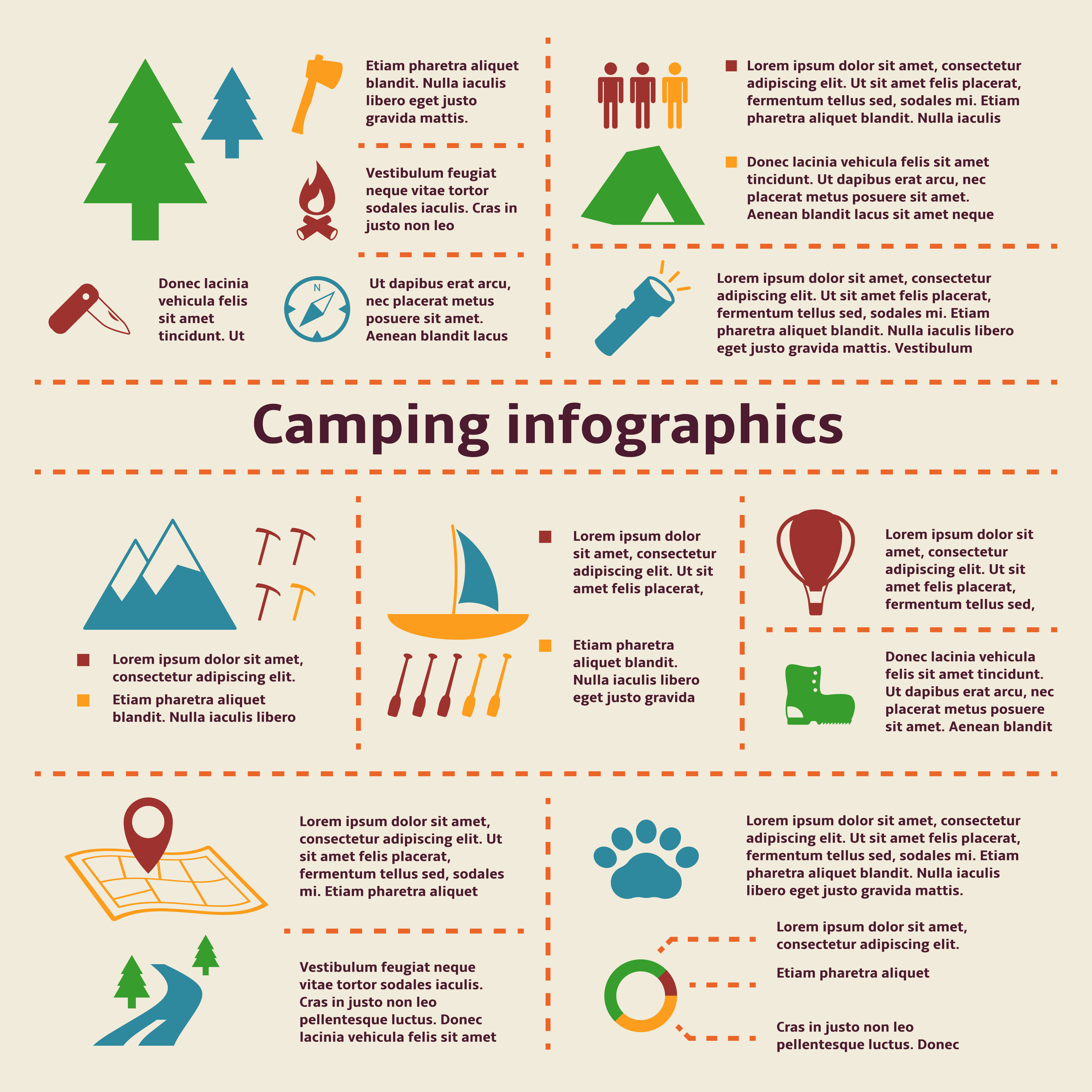Capturing impressive photographs of the evening skies requires cautious planning. Inspecting the weather forecast for clear skies is crucial, as is recognizing what time the moon climbs and establishes.
Can you sleep in a moldy tent?
Beginning by changing your cam to hand-operated capturing setting. Take numerous examination shots with numerous ISO, aperture and shutter speed setups to see what functions finest.
Camera
A standard DSLR electronic camera with a large lens works well for night-sky images, but any type of camera with a large sensor and a manual focus setting need to function. The important part is that the camera can be set to fire in RAW layout, which permits optimum versatility when editing.
Relying on the wanted impact, you may want to take several direct exposures and afterwards merge them in post-processing. This can be helpful if you're shooting both a foreground object (like a lake, tree, lorry or a structure) and the night sky and need to expose each at different setups.
You can likewise explore long-exposure shots that show star trails. This can be achieved by centering your frame on the North Celebrity and utilizing a shutter speed lasting for several mins. This produces amazing arcs and vortex-like circles of light around your subject. It can be time consuming, yet the outcomes are spectacular!
Lens
One of the most crucial factors in evening skies photography is choosing the appropriate lens. A high resolution, broad angle lens will certainly assist you capture as many celebrities and the moon in your photo as possible.
You will certainly likewise need a tripod to stop cam shake during lengthy exposures. It is additionally advised to fire in RAW setting, which will certainly give you more latitude in post-processing.
An additional element is timing. It is best to plan for when the Galaxy will rise or establish depending on your area. There are numerous apps and websites to aid with this including PhotoPills.
Finally, it is great to have an interesting foreground in your picture to include deepness and contrast. Using interesting rock formations, buildings and even individuals can add a sense of scale to your image and make it much more impactful. Your composition needs to likewise comply with basic photo principles, such as the regulation of thirds and finding leading lines.
Shutter Speed
The shutter is the part of your camera that sits in front of beautiful tents the picture sensor and opens up and near record a direct exposure. Its rate impacts how much light your picture obtains-- the faster it is, the less light gets in.
A slower shutter speed allows a lot more light in, but likewise blurs any type of movement that takes place during the exposure, which is useful for recording star tracks and various other results such as a long exposure to develop a stunning evening skies.
With the right devices, it's feasible to produce images that are almost as intense as daytime and still be able to record dazzling information of the Milky Way and stars. For optimum quality, attempt to get as far from communities and cities as possible and check web sites such as this set for cloud maps and dark skies.
ISO
Selecting an ISO setting is a crucial action in evening skies digital photography. The higher the ISO value, the much more delicate your electronic camera will certainly be to light and the brighter your picture will be. However, if you go expensive, the sound in your picture will be also noticeable.
A great starting factor is to establish your camera to a low ISO of 800, then take an examination shot. If this picture is as well dark, increase the ISO one stop at a time up until you have an appropriate image.
Foreground shots in night skies photos call for much longer exposure times than the celebrities, so you'll intend to make use of a tripod. To further stabilize your camera, utilize the remote shutter release to avoid any drinking caused by pressing the switch yourself. Also, remember to keep your lens in Handbook Emphasis mode. This will assist you to preserve the very same focal size throughout your shoot. The Rule of Thirds is a necessary regulation for composing night skies images, helping to balance and combine your pictures.
Why does my tent get wet inside?
